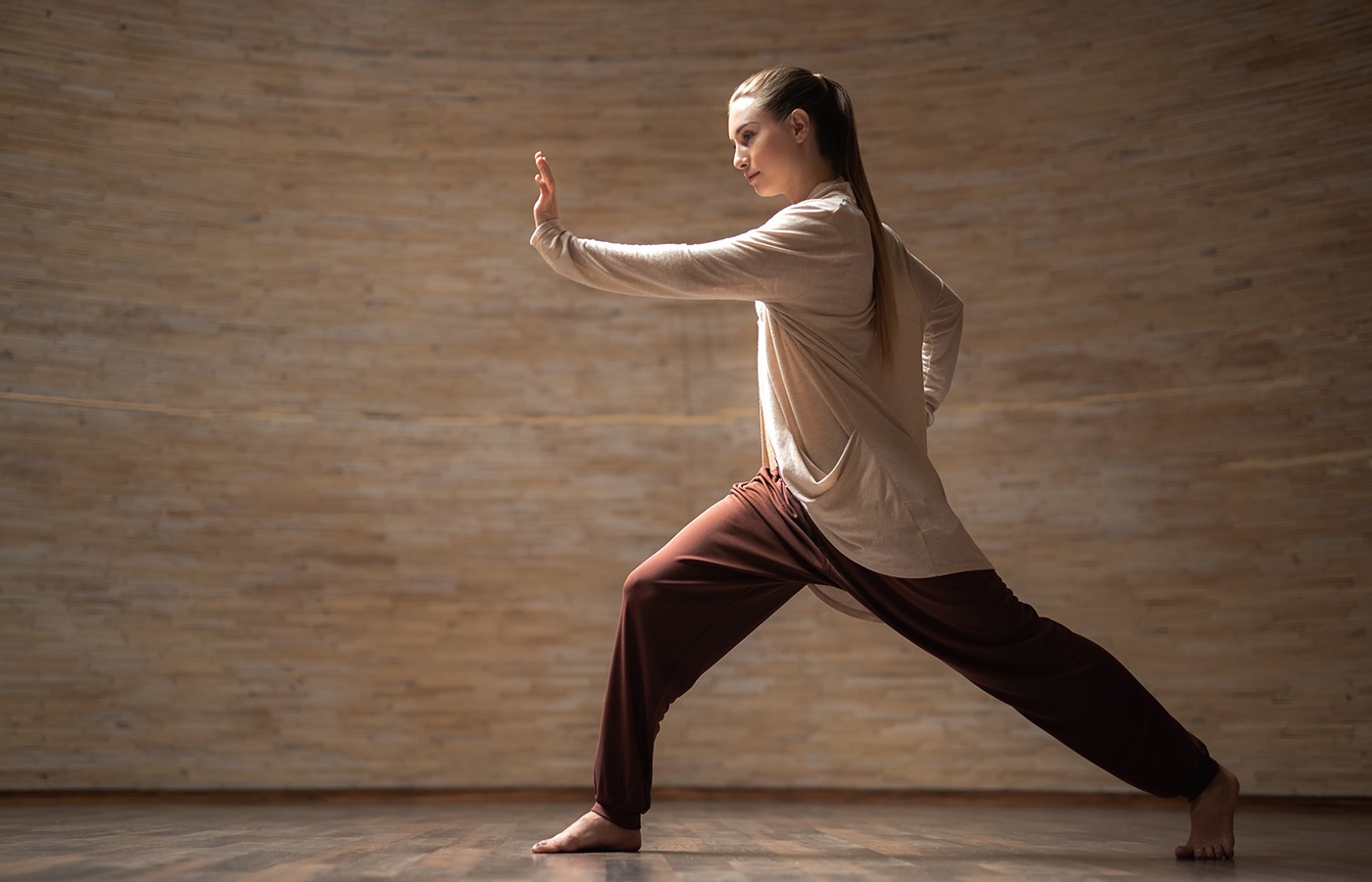Whether you accept it, avoid it or live somewhere in between, insurance coverage has become a defining issue for our profession. Patients increasingly expect to use their benefits, practitioners want to be compensated fairly for their time and expertise, and the system itself remains – at best – fragmented. The encouraging news is that coverage has expanded in meaningful ways. The challenging news is that reimbursement, across the board, remains inadequate.
Why Every Acupuncturist Should Practice Qigong (Pt. 2)
Editor’s Note: Part 1 of this three-part article ran in the November issue.
As acupuncturists, we are very aware of the close relationship between fascia and channel theory. For example, An Introduction to Classical Fascia Acupuncture says, “The fascia of the human body is a continuous sheath of tissue that moves, senses and connects every organ, blood vessel, nerve, lymph vessel, muscle and bone”;5 while A Manual of Acupuncture states:
“There is no part of the body, no kind of tissue, no single cell, that is not supplied by the channels which penetrate the zangfu and the extraordinary fu in the deepest levels of the body and connect with the skin, muscles, flesh, tendons, and bones, the head, body and limbs, and the sense organs, linking all the tissues and structures of the body into an integrated whole.”6
In qigong, especially those practices influenced by the internal martial arts, we repetitively spiral through the whole body. Spiralling means twisting and lengthening at the same time, like grasping both ends of a wet towel and wringing it out while pulling the ends away from each other.7
As acupuncturists focusing on clinical practice, it is easy to relate to points or channels as isolated entities and forget that the body is an integrated whole. Elastic spiralling in this way activates the entire channel network at once – the web of primary channels, Extraordinary Vessels, Divergent, Luo-connecting and Sinew channels, Minute channels and cutaneous regions.
3. Needling
I first studied acupuncture in Dr. van Buren’s school in the U.K., qualifying in 1978. Not only were students forbidden from needling until after they qualified (go figure), and had only ever watched from the sidelines, but the needling method applied in the school also involved tiny, hair-thin needles barely popped under the skin. When they invariably fell out, this was explained as the point “not needing” them any more.
By contrast, when I worked in a hospital in Nanjing in 1981, I saw the needle used as a powerful tool, often penetrating deeply into the body and inducing intense deqi sensations. (At first, when I was allowed to needle patients, they would complain loudly that the sensation wasn’t strong enough.)
Chinese acupuncture books at that time wrote about the need for acupuncturists to develop “finger force” and there were illustrations of various exercises to help achieve it. The aim was a swift, painless insertion (without resorting to guide tubes) and great skill in evoking and directing deqi.
I am not a believer in the idea that some mysterious qi flows from the practitioner through the needle into the patient, but I do feel that aligned posture, warm hands, agile and strong fingers, and a kind of warrior-like intention can all add to the power of treatment, due to both their direct and indirect (patient confidence) effects.
When your body is not aligned,
The inner power will not come.
Align your body, assist the inner power,
Then it will gradually come on its own.
– Nei ye, Inner Training, 4th century BCE8
Six channels start or end in the fingers and when we practice qigong, one of the many things we cultivate is open, alive, sensitive hands, penetrated by awareness, as well as a rooted stance, body alignment, strong (liver and gallbladder) intention and openheartedness.
Author’s Note: A free video (“Hand Exercises for Acupuncturists”) is available at peterdeadman.teachable.com).
References / Footnotes
- Finando S, Finando D. An introduction to classical fascia acupuncture. J Chinese Med, 2014;106:12-20.
- Deadman P, Al-Khafaji M, Baker K. A Manual of Acupuncture. Journal of Chinese Medicine Publications: Hove, 2011: pg. 11.
- I have created a video course called “Wrapping and Spiralling,” available at peterdeadman.teachable.com.
- Roth HD. Original Tao: Inward Training (Nei-yeh) and the Foundations of Taoist Mysticism. New York, NY: Columbia University Press, 1999.



